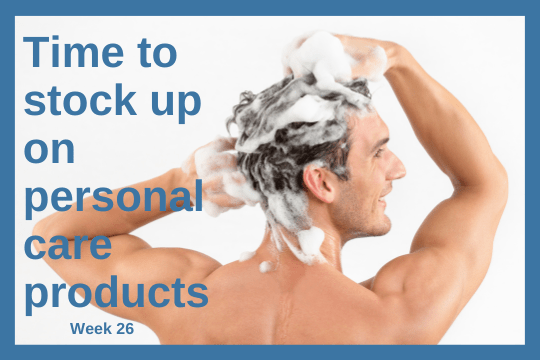Stock Up on Personal Care Products
This week the preparedness challenge is to inventory the personal care and grooming products your family uses and add additional supplies if you are low on them.
In a crisis, one of the first things to go is often personal care and grooming. Although they may not be life-sustaining like food and water, personal care and grooming products can make the challenges in a crisis less stressful and help you maintain a bit of normalcy. By having a good stockpile of these basic items, you will have one less thing to worry about.
This week’s challenge is to inventory your supply of personal care and grooming products, then purchase any needed products to back-up your supplies.
The challenge this week is a little open-ended. Circumstances and resources vary, so purchase the personal care products you need based on what your budget will allow. If you can’t buy everything at once, purchase those that are most critical. Then plan to purchase the rest as you are able.
What Personal Care Products Should You Stock Up On?
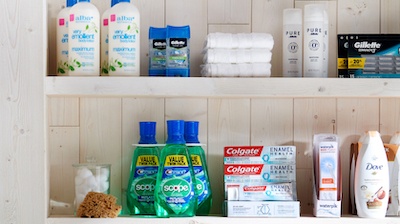
The obvious answer is to stock up on the personal care items that your family uses. Some basic personal care products are used by almost everyone, but others are unique for each individual.
Step One—Create an Inventory List of Personal Care Products Used by Your Family

Create an inventory list of all the personal care and grooming products used by your family. Think about the products you use in your routines. Which products would you not want to live without? What brands do you prefer?
The following lists will help remind you of the things you might need.
BODY CARE
Begin with the things your family uses for their shower routine—soap, body wash, deodorant, shampoo, conditioner, hair-styling products, disposable razors, Q-tips, and lotion. And remember sun screen and sunburn gel, too.
DENTAL CARE
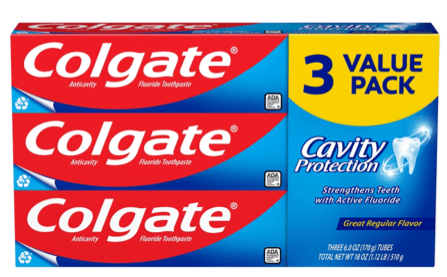
What does your family use to take care of dental needs? In a crisis, something as simple as brushing your teeth or washing your face can make your whole body feel cleaner, better. Be sure to have back-up supplies of toothbrushes, toothpaste, mouthwash, floss, floss picks, etc.
PERSONAL COMFORT
You don’t want to get caught short on personal comfort items. Everyone has their favorites, so take a minute to ask your family for their input. The list could include body lotion, foot cream, moisturizer, lip balm, personal wipes, shaving cream, and after shave. Remember things for nail care items like nail clippers, nail files, emery boards.
FEMININE PRODUCTS
Feminine hygiene products are typically disposable pads and tampons. Stockpile enough for several months, but also consider using, or at least storing, reusable pads or menstrual cups.
BABIES
If you are responsible for a baby, plan for an adequate supply of disposable diapers in the right sizes for future growth. Consider storing cloth diapers, pins, and plastic pants. Don’t forget a supply of wipes, diaper rash ointment, and hand sanitizer. You may want to include baby pain relievers, baby sunscreen, teething gel, pacifiers, a bulb syringe, and Pedialyte.
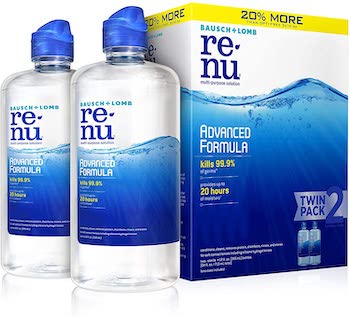
You will probably have other items to add to the inventory. For example, my husband Craig uses contact solution, so that is a necessary product for him. What specialized products does your family use? Which products can you not live without?
How Much Should You Store?
For basics like shampoo and toothpaste, a good practice is to always have at least two of whatever products you use in reserve. So, when you need an item, buy two. Sometimes I have more than two in reserve because I often buy essentials like toothpaste or soap in multiple-packs. I also stock up when my favorite brands are on sale.
No matter how much you choose to store, when you start using the second-to-last item, it’s a good time to purchase more.
Step 2—Purchase the Personal Care Products You Need
It can be expensive to stock up on all the personal items your family uses. Look over the master list you created in Step 1. Estimate the quantities you need for the period of time you are planning for—Three months? Six months? A year? Inventory your supply and make the items you need most your priority. Systematically purchase items as your budget allows.
What Is the Shelf Life of Personal Products?
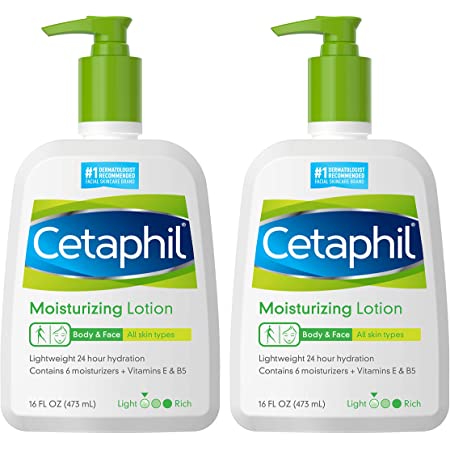
There is no requirement that personal products be labeled with an expiration date, and most are not. Common sense will tell you that a product has reached its shelf life if the components separate, it has dried out, it has an off smell, it undergoes a color change, or it doesn’t perform as expected.
The shelf life of most lotions ranges from two to five years. Toothpaste with fluoride has a shelf life of two years and mouth wash has a shelf life of three years. The FDA requires sunscreen to have a shelf life of three years. Shelf life will be maximized if products are stored in cool, dark, dry conditions.
Learn More
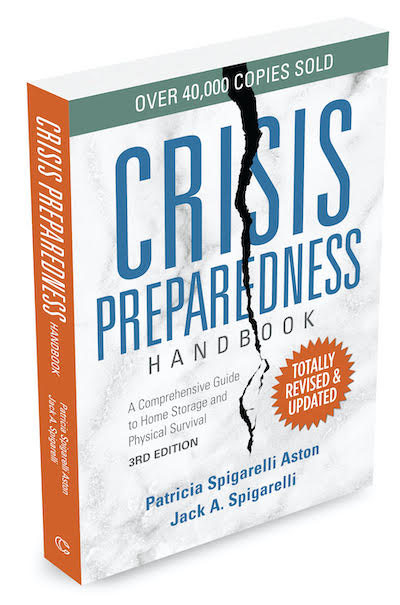
This article is all about storing non-food necessities. In my new book, Crisis Preparedness Handbook you will find even more methods and tips for storing important non-food essentials. You can find the book on my website CrisisPreparedness.com. Or, get it on Amazon, either in the hard copy or in the Kindle version.
